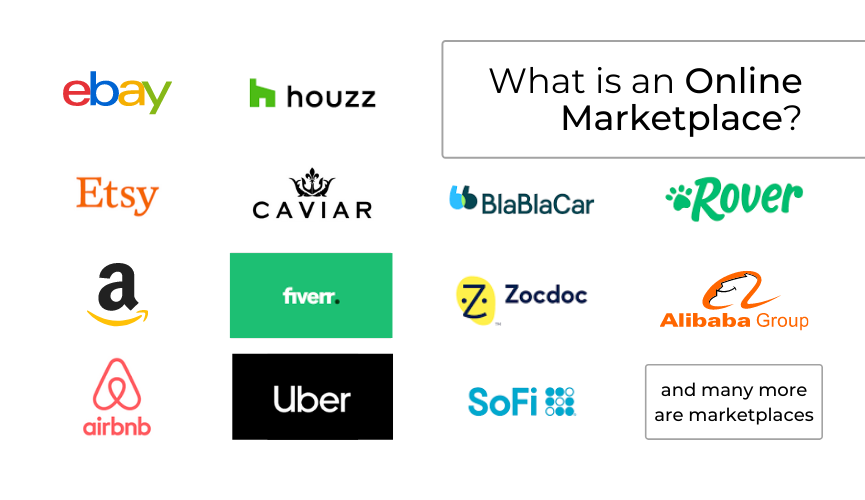Managing unsold inventory can be challenging for businesses, tying up capital and storage space while affecting profitability. However, clearing excess stock doesn’t mean resorting to steep discounts or losing revenue. By employing strategic methods, businesses can move products efficiently while maintaining their bottom line.
This article explores ten practical ways to address unsold goods, including bundling products, leveraging alternative sales channels, and repurposing inventory to create value. Read on to discover actionable strategies that can help you clear inventory effectively without sacrificing profit margins.
1. Bundle Products for Added Value

Bundling is an effective way to clear unsold items while maintaining profitability. Group slow-moving products with bestsellers or complementary goods to create value for customers. For example:
- Seasonal Bundles: Pair unsold items with trending products during seasonal sales.
- Themed Offers: Create kits, like “home office essentials,” using leftover inventory.
- Volume Discounts: Encourage bulk purchases by offering discounts on bundled items.
This approach helps increase average order value while moving stock efficiently. Promote bundles through targeted marketing to boost visibility and drive sales.
2. Leverage Flash Sales with a Strategic Approach
Flash sales create urgency and attract attention, making them an excellent method for clearing inventory. However, success lies in careful planning:
- Time-Limited Offers: Run short-duration sales, like a 24-hour event, to create excitement.
- Exclusive Promotions: Offer the sale only to email subscribers or loyalty program members.
- Strategic Discounts: Avoid deep price cuts; instead, offer attractive yet profitable markdowns.
Flash sales not only clear inventory but also drive traffic and build customer engagement when executed correctly.
3. Utilize Alternative Sales Channels
Expanding your reach to new markets can help sell unsold products effectively. Explore options such as:
- Online Marketplaces: Sell items on platforms like Amazon, eBay, or Etsy to reach broader audiences.

- Wholesale Deals: Partner with other businesses or retailers to move inventory in bulk.
- Social Media Stores: Use platforms like Instagram or Facebook Shops to promote unsold items directly to followers.
By diversifying sales channels, you can tap into untapped customer bases and increase the chances of clearing stock.
4. Repurpose Inventory to Add Appeal
Sometimes, unsold products simply need a creative twist to regain customer interest. Consider repurposing or rebranding items:
- Customization: Offer personalization options, such as engraving or unique packaging.
- Product Upgrades: Combine unsold items with new features or complementary add-ons.
- Seasonal Refresh: Repackage items with a seasonal theme to attract new attention.
Repurposing inventory adds perceived value, making it easier to sell products at a fair price without significant markdowns.
5. Host Clearance Events to Attract Foot Traffic

Clearance events create excitement and attract bargain hunters. While they often involve discounts, the right execution can maintain profitability:
- Event Marketing: Promote the sale aggressively through email, social media, and local advertising.
- Incentives: Offer small rewards like loyalty points for customers purchasing clearance items.
- Exclusive Access: Provide early access to the event for VIP customers to drive initial sales momentum.
These events help you not only clear inventory but also bring customers into your store or website, potentially increasing sales across all categories.
6. Donate for Tax Benefits
Donating unsold inventory to charities or nonprofits can provide financial benefits through tax deductions. Additionally, it enhances your brand’s reputation by showcasing social responsibility. Tips for effective donation include:
- Partner with Local Organizations: Find charities that align with your business values.
- Promote Your Efforts: Share your donation stories on social media to inspire goodwill among customers.
- Understand Tax Rules: Consult a tax professional to ensure you maximize deductions.
Donations allow you to move inventory without profit loss while contributing positively to your community.
7. Incorporate Unsold Items into Loyalty Programs
Reward loyal customers by integrating excess inventory into your rewards system. Examples include:
- Free Gifts: Offer unsold items as freebies for purchases above a certain amount.

- Point Redemption: Allow customers to use loyalty points to claim slow-moving products.
- Exclusive Offers: Use leftover stock to create exclusive deals for loyalty program members.
This strategy builds customer relationships while clearing inventory in a profitable manner.
8. Use Unsold Products for Marketing Campaigns
Leverage your inventory as part of creative promotional campaigns:
- Contest Prizes: Offer unsold items as prizes in social media contests or giveaways.
- Referral Incentives: Use products as rewards for customers referring friends to your business.
- Subscription Box Extras: Include unsold goods in subscription boxes to add value.
These campaigns generate brand awareness, boost engagement, and move products without steep discounts.
9. Recycle or Upcycle Products
For unsold inventory that’s no longer sellable in its current state, consider recycling or upcycling:

- Raw Materials: Use parts of the product in new manufacturing processes.
- Creative Repurposing: Transform items into completely new products.
- DIY Kits: Sell components as do-it-yourself kits for craft enthusiasts.
Upcycling preserves value and appeals to environmentally conscious customers, providing another profitable avenue for unsold goods.
10. Optimize Inventory Management to Prevent Future Challenges
While clearing unsold products is essential, preventing overstock issues in the first place is equally important. Strategies include:
- Demand Forecasting: Use analytics to predict customer demand more accurately.
- Inventory Turnover Tracking: Monitor how quickly products sell and adjust orders accordingly.
- Diversified Product Strategies: Avoid over-reliance on specific trends to reduce excess inventory risk.
Implementing these practices ensures long-term inventory optimization, reducing the frequency of unsold product challenges.
Conclusion: Smart Solutions for a Profitable Outcome
Clearing unsold inventory doesn’t have to compromise your profits. From bundling and flash sales to alternative channels and creative repurposing, there are plenty of innovative ways to turn excess stock into revenue. These strategies not only free up storage space but also boost customer engagement and loyalty when implemented thoughtfully.
Are you ready to take control of your unsold inventory? Explore more actionable tips on our website, share your insights in the comments, and connect with us for tailored business solutions. Your feedback helps us deliver content that drives your success!

Leave a Reply